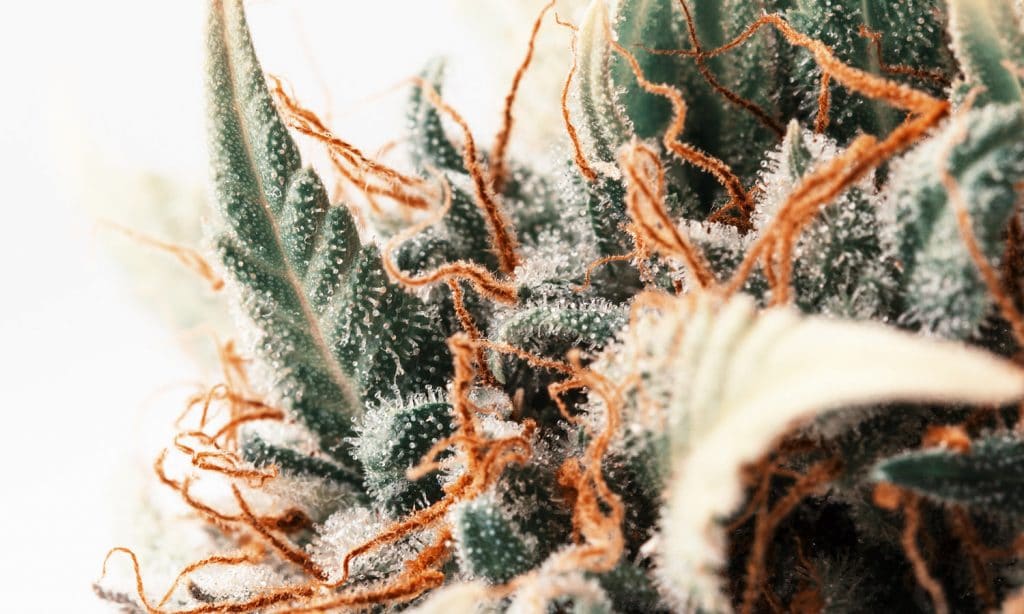A House of Representatives committee voted on Wednesday to approve a bill that would allow researchers to conduct studies using marijuana produced in compliance with regulations in states with legal cannabis. The vote marks the first time a congressional committee has approved a measure to allow scientists to use marijuana produced from sources other than those authorized by the federal government.
With a voice vote, the House Energy and Commerce Committee approved a substitute version of The Marijuana Research Act of 2019 (H.R. 3797) from Democratic Rep. Earl Blumenauer of Oregon. The bill’s new language streamlines the approval process for those applying to cultivate cannabis with the approval of the federal government. The measure also permits researchers to use marijuana and cannabis products manufactured in accordance with programs legal under state law.
Cannabis From The Feds Is Schwag
Under current federal statute, FDA-approved research must be conducted with cannabis produced at a cultivation facility at the University of Mississippi. However, many researchers have said that the marijuana produced by the facility is difficult to obtain and of low-quality, bearing little resemblance to the cannabis products available from state-legal producers.
“As momentum grows in our effort to end the failed prohibition of cannabis, we also need to address failed drug laws like the ones that make it extremely difficult for researchers and doctors to study cannabis. With some form of cannabis legal in nearly every state, it’s inexcusable that the federal government is still blocking qualified researchers from advancing the scientific knowledge of cannabis,” Blumenauer, the co-chair of the Congressional Cannabis Caucus, said in a press release after Wednesday’s vote. “The bipartisan support of our legislation in today’s committee markup is an important step in removing unnecessary barriers to medical cannabis research and ensuring that patients, clinicians, and consumers can fully understand the benefits and risks of cannabis.”
Activists Applaud Bill
Paul Armentano, the deputy director of the National Organization for the Reform of Marijuana Laws (NORML), said that the “proposed regulatory change is necessary and long overdue. In fact, NORML submitted comments to the US Federal Register in April explicitly calling for this change.”
Copyright
© 420 Intel








